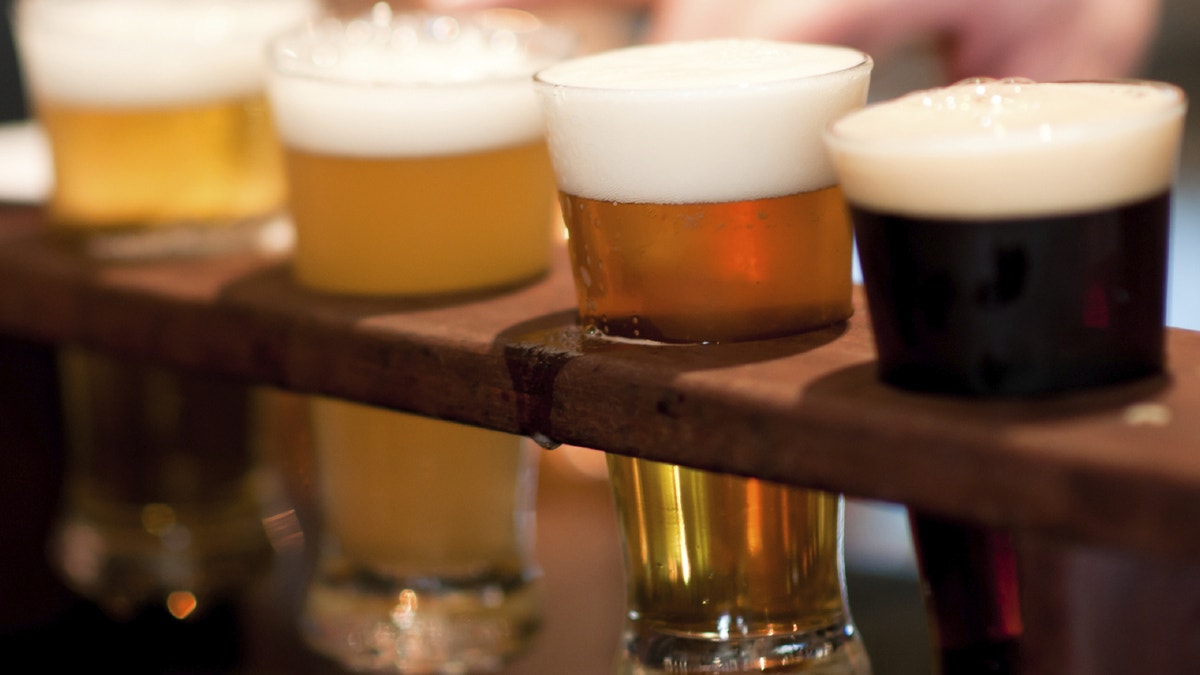
A flight of beers to accompany some musical flights of fancy. (iStock)
The next beer snob you meet might just be a robot.
A team of Spanish researchers from the Autonomous University of Barcelona have created an electronic "tongue" that can tell the difference between beer varieties and the amount of alcohol each variety contains.
The discovery, published last year in the journal Food Chemistry, states that the robotic tongue is accurate 82 percent of the time.
The futuristic tongue was able to tell the difference between Schwarzbier, lager, double malt, Pilsen, Alsatian and low-alcohol beer.
The taster was made using 21 electrodes, each one responded to different chemical compounds such as ammonium, sodium, nitrate or chloride.
"The concept of the electronic tongue consists in using a generic array of sensors, in other words with generic response to the various chemical compounds involved,” Manel del Valle, the main author of the study, explained in a release.
According to del Valle, those sensors “generate a varied spectrum of information with advanced tools for processing, pattern recognition and even artificial neural networks."
The study concludes that this type of technology could one day give robots a sense of taste.
As for next steps, de Valle says there may be a future for this technology in detecting wine fraud.
“We have already done a fantastic study to prove if a Cava sparkling wine is vintage or not, which is useful against possible fraud – the price of the two are quite different,” de Valle told Beverage Daily.
Whether or not the technology will get the robot tipsy is an entirely different question.
